From the cliffs overlooking Aberdaron, the views of the Llŷn peninsula are dramatic. To the east, families are picnicking and building sandcastles on the vast golden beach below St Hywyn’s church; to the west the coastline becomes ever more rugged, laced with hidden, smuggler-worthy coves. It’s a Saturday, mid-heatwave, but the coastal path – once used by pilgrims travelling to the abbey on Bardsey Island, two miles offshore – feels serene.
My sense of calm prevails back in bustling Aberdaron village. I avoid ice-cream queues and car park wrangles and head instead to the bus stop. Soon I’m sitting back and marvelling at the Welsh countryside en route back to the royal town of Caernarfon, my base on the north coast.
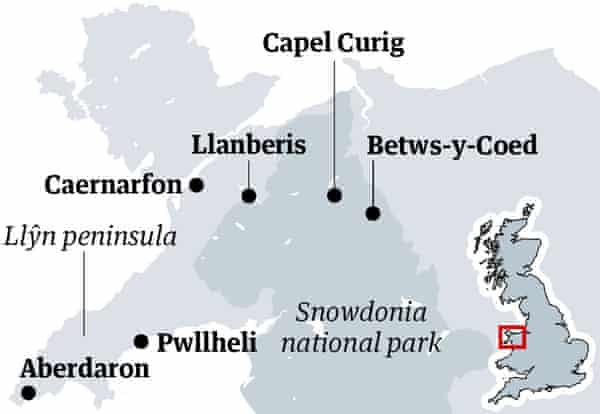
I’m exploring with Byway, a sustainable, flight-free travel company launched last year that creates personalised trips by train, bus, bike and ferry, mostly to UK holiday destinations, but also in Italy and France. North Wales is new this month.
“Our mission is to make slow travel mainstream,” says founder Cat Jones. It seems to have hit the right note with backers, recently securing £1.1m from the government and angel investors, and business is booming.
“There’s definitely an appetite for it,” Cat continues. “Covid has obviously forced us to stay at home, but people are becoming more interested in travelling sustainably, and supporting local businesses. We take away the hassle and time of planning a trip: we work out connections, book tickets and provide a personal journey guide suggesting things to do and places to eat, so it’s all as easy as possible.”
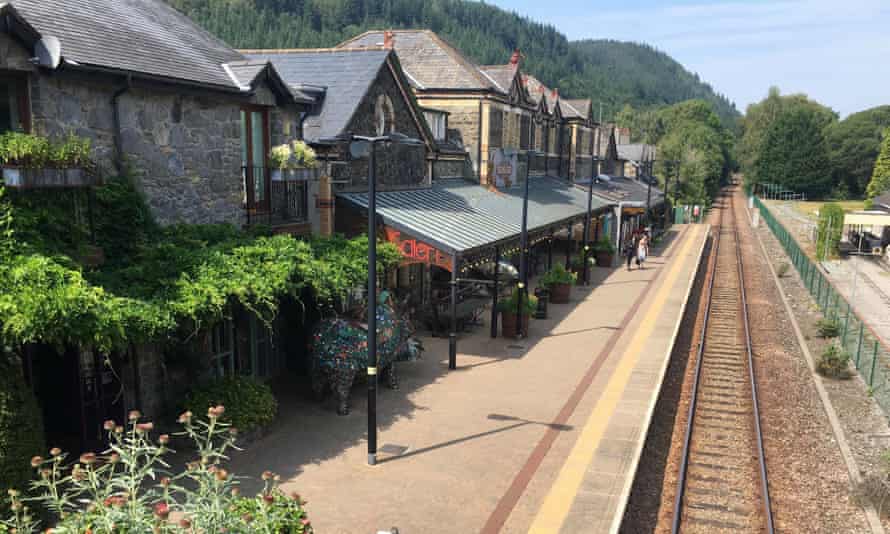
Two days previously, amid reports of heavy traffic, breakdowns and jams across the UK, I’m feeling a little smug as my train pulls into Betws-y-Coed, gateway to Snowdonia. (The journey from London takes five hours, including two changes, but offers fine views of countryside and coast.) The station is a welcoming place, with flowerboxes of tumbling blooms, an art gallery on the platform and a shop stocked with local produce. I explore the village a little, nosing around 14th-century St Michael’s church, the oldest building in the village, before boarding the S2 bus to cool new hostel The Rocks, 10 minutes away in Capel Curig. The Snowdon Horseshoe magically appears at the end of the road as I near my stop.
It’s a warm evening and there’s time to stroll to the lakeside at Llynnau Mymbyr for a swim before the short walk to Tyn-y-Coed pub for a pint of Snowdonia and veggie curry dinner. (Plas y Brenin national outdoor centre is on the lake’s banks too, offering everything from paddleboarding to climbing adventures.)
I sleep well and breakfast next door at family-run Moel Siabod Café, which is a mine of information for hikers. For those keen to bag the area’s main attraction, Pen y Pas, start of the Miner’s and Pyg tracks up Snowdon, is just 10 minutes away. The car park is so busy this summer that you have to book in advance but for the car-free, a Snowdon Sherpa bus runs regularly from outside the hostel.
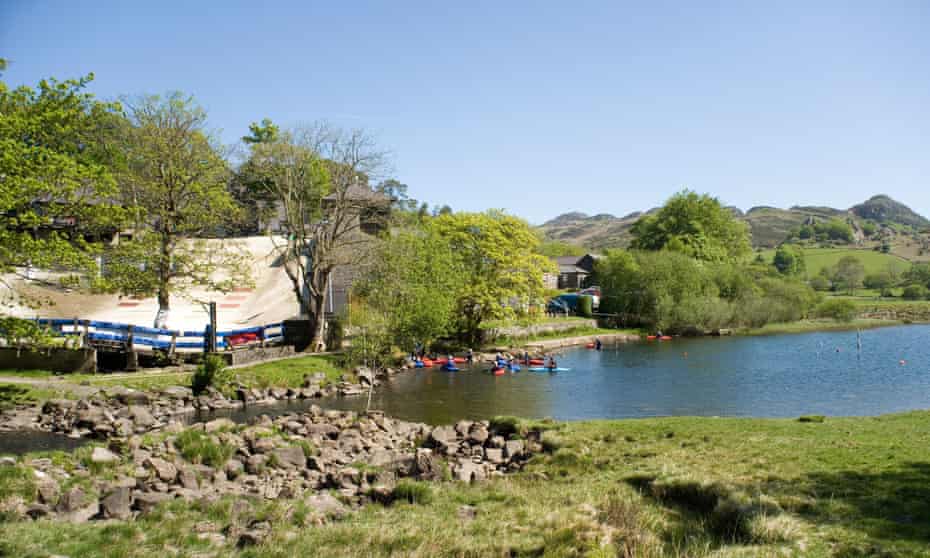
With temperatures predicted to reach 28C, I don’t feel guilty about not climbing Snowdon and opt for a gentler, three-hour circular walk from the hostel to Llyn Crafnant, a lake in a valley on the edge of Gwydir forest on the lower slopes of the Carneddau mountains. It’s a beautiful route, with rugged hills and forests and views across to 872-metre Moel Siabod and the lake. I see only two couples all afternoon.
There’s something very liberating about not having to do much research or planning – itineraries come with suggestions tailored to your interests and draw on local knowledge. Bus timetables, taxi numbers, walking maps and attraction booking details are all on a useful app, which can be updated at any time. The team is contactable via WhatsApp and email while you’re away, too, for any additional ideas or support, and they respond quickly when I have a timetable query.
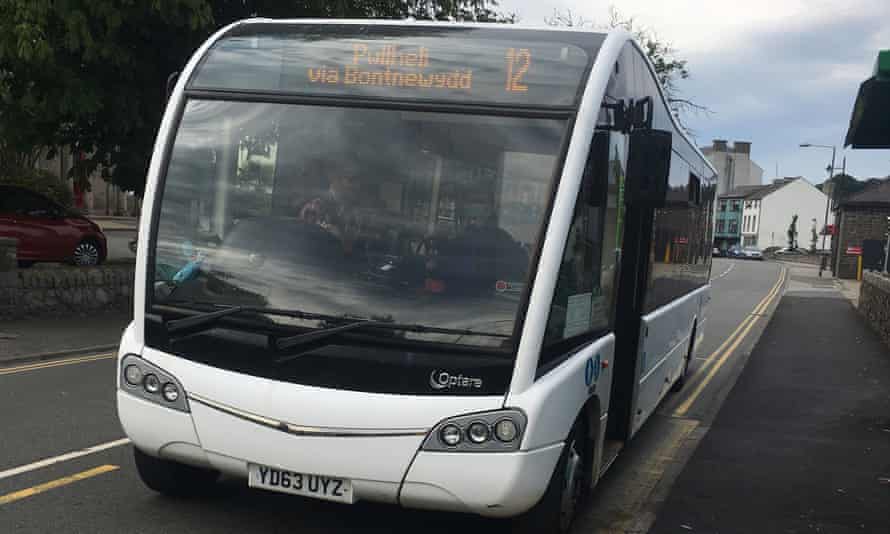
Leaving Capel Curig, I reach Caernarfon in under an hour, changing buses at Llanberis. What with masks and social distancing, travelling by public transport isn’t as sociable as it might be, but I chat to a young couple who are backpacking round Wales, and a local gives me a good tip for dinner (tapas at Tŷ Castell inside the ancient town walls).
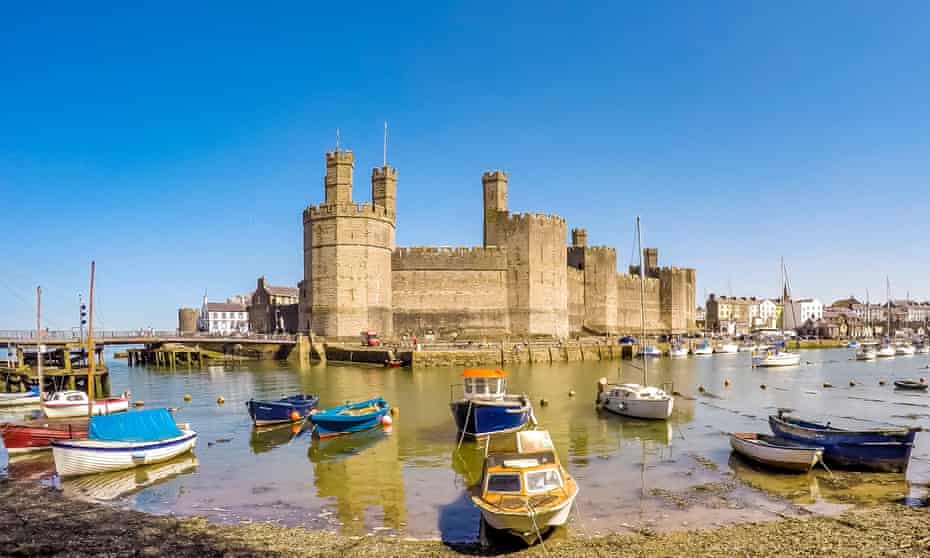
Caernarfon Castle looks impressive in the evening sunshine and the Black Boy Inn – where I am staying for two nights, also within the walls – is buzzing. Dating from 1522 – when a bed apparently cost fourpence a night, to sleep no more than five – it’s one of the oldest inns in Wales and a great base. I wander the castle walls and harbour and watch the sun setting over the sea.
From Caernarfon I could have opted for more castles or adventure activities, or boarded the Welsh Highland Railway, the UK’s longest heritage train, which runs for 25 miles to Porthmadog, past the foot of Snowdon. But as I’m interested in the more remote corners of north Wales, the Llŷn peninsula day trip was suggested. Aberdaron is 1½ hours away by bus (with a change in Pwllheli) and provides another total change of scene.
Although I pack a lot in to my short break (a week would usually be suggested for this itinerary), I never feel rushed.
On my last day I stop on the way back to Betws-y-Coed at Llanberis. It’s a busy tourist hub in summer (one walking route and the train up Snowdon start here) but suggestions from Byway such as canoeing on the lake or visiting the 12th-century castle or Honey Farm and Winery are tempting. The lake is so pretty that I decide to just stroll and relax by the water’s edge. Instead of checking Google Maps, looking out for traffic delays and starting to stress about the long drive home, I sit on the rocks and happily plot a programme of podcasts to listen to on the scenic ride back to London.





